North Korea’s missiles tested on the battlefields of Ukraine
Russian use of weapons supplied by the Kim Jong Un regime could boost Pyongyang’s illicit-arms business
By The Wall Street Journal Jan 23, 2024 (Gmt+09:00)
LG Chem to sell water filter business to Glenwood PE for $692 million


Kyobo Life poised to buy Japan’s SBI Group-owned savings bank


KT&G eyes overseas M&A after rejecting activist fund's offer


StockX in merger talks with Naver’s online reseller Kream


Mirae Asset to be named Korea Post’s core real estate fund operator


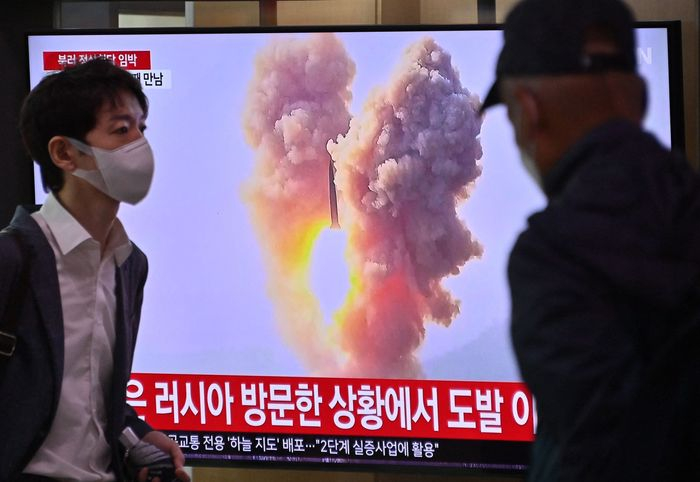
SEOUL—One of the world’s biggest illicit-arms suppliers just got a major advertisement.
In recent weeks, Russian forces have fired short-range ballistic missiles in Ukraine provided by North Korea, according to assessments from Washington, Seoul and Kyiv. Pyongyang has provided Moscow with dozens of the weapons, the U.S. says.
Officials concluded that North Korean weapons were being used by analyzing debris collected in Ukraine. Russia is believed to have used Pyongyang’s new KN-23 and KN-24 short-range missiles, defense experts say. Both countries have denied engaging in arms transfers.
Despite a barrage of test launches, North Korea hasn’t been able to gauge how its new generation of short-range ballistic missiles performs on the battlefield—particularly against Western defenses—until now.
The high-profile battlefield exposure is likely to afford the regime of leader Kim Jong Un new proliferation opportunities, security experts say. The country’s illicit-arms business stretches back decades, though it has trailed off in recent years. Traditional customers in the Middle East, Africa and elsewhere shifted to lower-cost drones, which performed better than Pyongyang’s outdated offerings. Tighter sanctions elevated the risk that shipments en route would get intercepted.
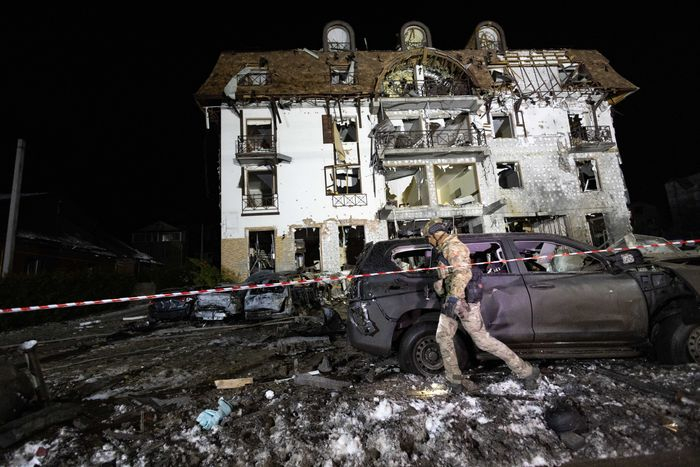
The use of the short-range missiles hands fresh endorsement to North Korea’s weapons sales, as militarization is rising globally and creating new demand from nations without access to legitimate arms sales.
“North Korea will be able to command a premium for these systems in ways it wasn’t before,” said Toby Dalton, senior fellow and co-director of the Nuclear Policy Program at the Carnegie Endowment. “This is the cash cow.”
Kim, the 40-year-old dictator, recently toured the country’s largest munitions factories, ordering officials to ramp up production. An increase in arms sales could provide a much-needed boost for a North Korean economy still recovering from the pandemic.
The country’s precise missile-production capacity is difficult to assess, given the Kim regime’s penchant for secrecy. But North Korea is believed to operate more than 300 munitions factories, including another 100 civilian facilities that can shift to weapons production, according to South Korean estimates.
North Korea does have some advantages over the West, where arms makers have struggled to keep up with the demand created by the Ukraine war. Pyongyang’s weapons manufacturing is state-controlled. Kim can put people to work in factories if he wants to ramp up production.
Pyongyang leans on homegrown producers and illicit networks to feed its missile industry. But it also leans heavily on Russia and a few other allies for certain supplies and technological know-how, said Tushar Sudesh Mangure, a defense analyst at analytics firm GlobalData. To supercharge production further, Russia could provide the raw materials that North Korea struggles to access, he added.
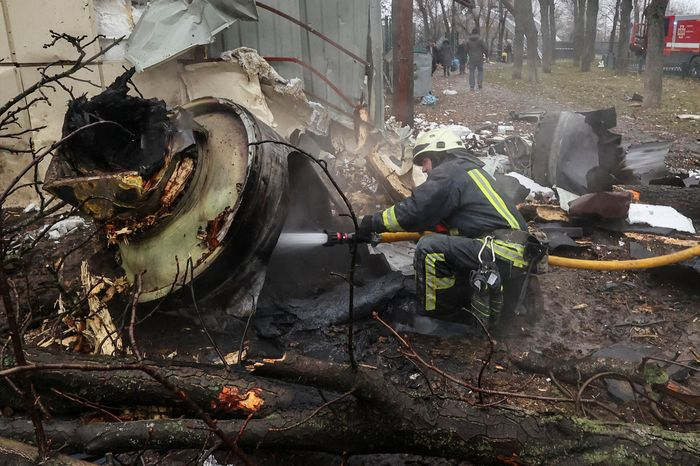
That Russia, a United Nations Security Council permanent member, has used North Korean missiles with apparent success sends some very clear messages to potential customers who may have been on the fence about conducting arms business with the Kim regime, said Darya Dolzikova, a research fellow at the Royal United Services Institute, a London-based defense and security think tank.
One such message is that Russia remains unlikely to interdict any such transactions shipped through its borders or greenlight punishment at the U.N. for buyers, she said. The other is that the North Korean missile systems may be more reliable than previously believed.
“If I were a potential customer of this, the technology is being used by the Russians, possibly improved by the Russians,” Dolzikova said. “I would assume these technologies are going to get better.”
The two countries’ closeness was on full display this week, as North Korean Foreign Minister Choe Son Hui visited Moscow, meeting with her counterpart, Sergei Lavrov, and Russian leader Vladimir Putin. Lavrov expressed gratitude for North Korea’s support for Russia’s fight in Ukraine. Following a Putin-Kim summit last September, the two countries had pledged greater partnership in all areas.
North Korea has a long history of arms deals. In the 1980s, Pyongyang exported small arms to other authoritarian governments such as Libya and Iran, going on to sell tanks and armored vehicles to Zimbabwe. The Kim regime’s missile program is almost entirely modeled on Soviet weapons and technology. North Korea supplied Yemen’s Houthi rebels with Scud missiles in the 1990s as part of its efforts to secure foreign currency, according to South Korean intelligence.
More recently, North Korean grenade launchers have been used by Hamas fighters in the war with Israel, while its 122 mm artillery shells might also be in use by Hamas, according to South Korea’s military. North Korea has denied any weapons-supply ties with the group.
The North Korean leader also hasn’t shied away from showing off new weapons technology at military parades, including some gear that might seem unusual for use on the Korean Peninsula. At a 2021 parade, North Korean soldiers marched through downtown Pyongyang in desert camouflage—despite a lack of such terrain locally.
North Korea often publishes photos and video footage of its illicit weapons launches, too. In recent years, Pyongyang has conducted dozens of missile tests and flaunted its military drones.
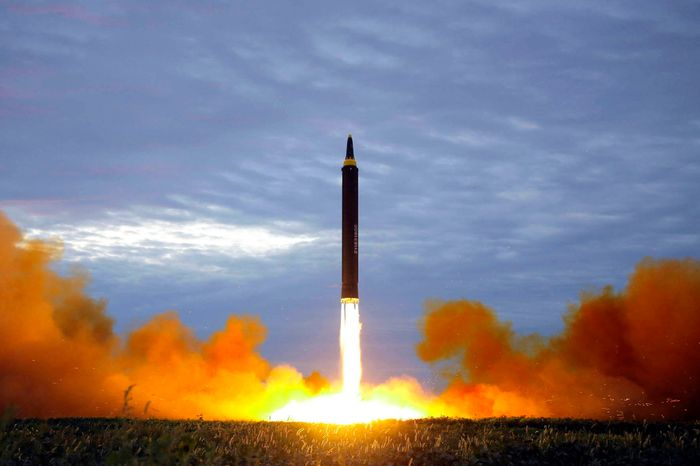
The North Korean missiles used by Russia are far more advanced than the Scud missiles or other munitions exported in the past. The new missiles, based on Soviet designs, use solid propellant, allowing them to be deployed more quickly and covertly, and were unveiled at a splashy military parade about six years ago. In recent years, North Korea honed the missile’s accuracy and flight maneuverability with frequent tests. The missile can carry a nuclear warhead and change direction midflight. It has a range of roughly 550 miles.
The West has provided Ukraine with many different systems to shoot down Russian drones and missiles, but the supply of systems specifically targeting ballistic missiles has been less common. The U.S., the Netherlands and Germany have sent five full or partial American-made Patriot systems. France has also sent a Samp/T system capable of destroying ballistic missiles.
The performance takeaways could improve the Kim regime’s know-how if war erupts on the Korean Peninsula. North Korea has increased its saber-rattling with the South, which has U.S. missile systems deployed in the country.
Russia and North Korea border each other and remain connected by railroad. But attempts to transfer weapons to other countries face higher risks of interception due to international monitoring, said Yang Uk, a military expert at the Asan Institute for Policy Studies in Seoul. In 2002, North Korean missiles destined for Yemen were seized by Spanish forces and weapons equipment on a North Korean ship from Cuba was seized by Panama in 2013.
“It all depends on which countries are willing to implement sanctions,” Yang said.
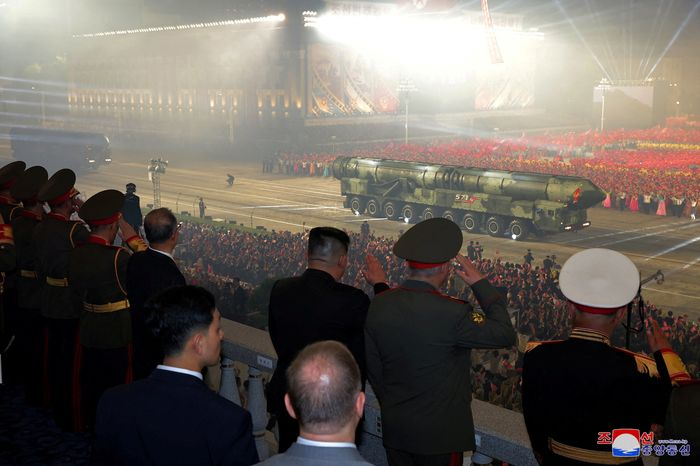
- Alistair MacDonald contributed to this article.
Write to Timothy W Martin and Dasl Yoon at Timothy.Martin@wsj.com
and dasl.yoon@wsj.com
-

-
 EconomySouth Korea to boost aid for chipmakers to $23 billion, expanding extra budget
EconomySouth Korea to boost aid for chipmakers to $23 billion, expanding extra budgetApr 16, 2025 (Gmt+09:00)
-
 AutomobilesSouth Korea announces emergency support for auto sector against US tariffs
AutomobilesSouth Korea announces emergency support for auto sector against US tariffsApr 09, 2025 (Gmt+09:00)
-
 EconomyChina says it is aiming to coordinate tariff response with Japan, South Korea
EconomyChina says it is aiming to coordinate tariff response with Japan, South KoreaApr 02, 2025 (Gmt+09:00)
-



